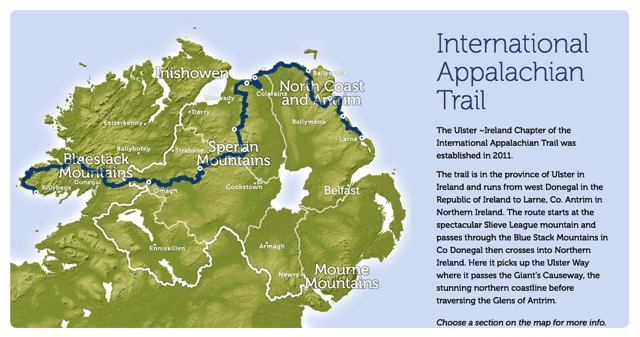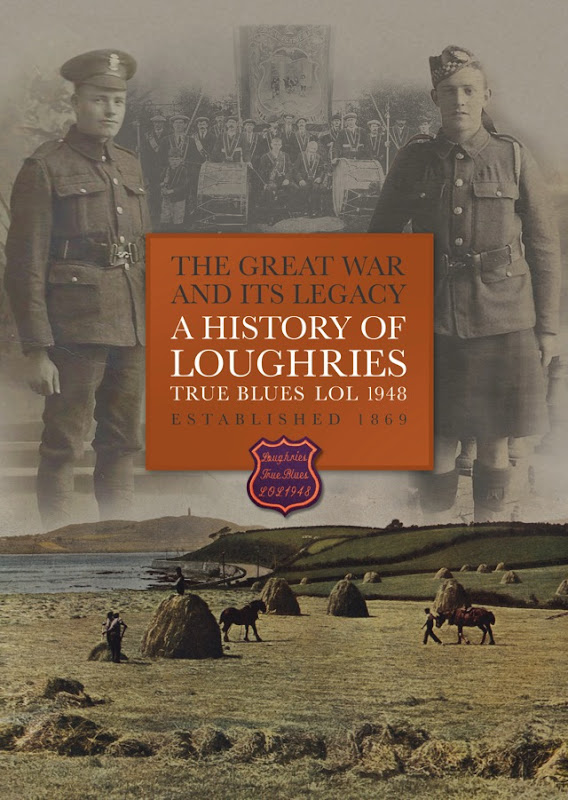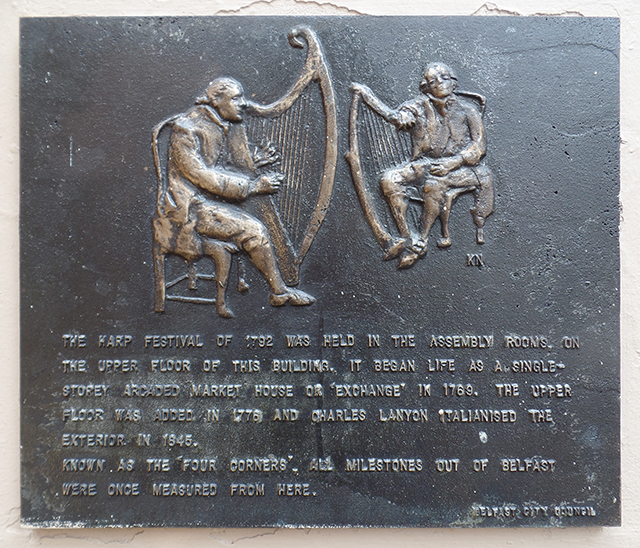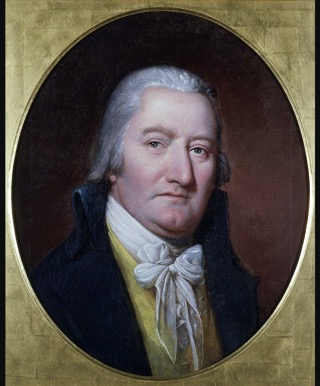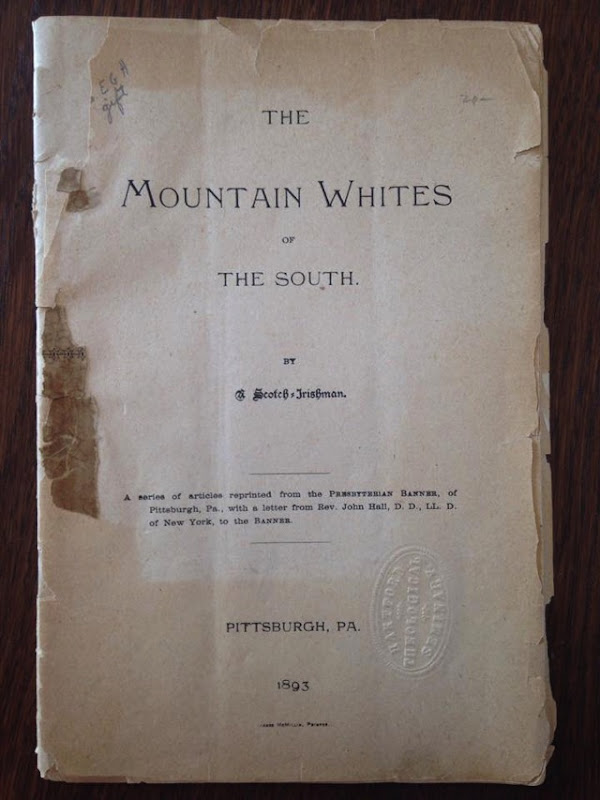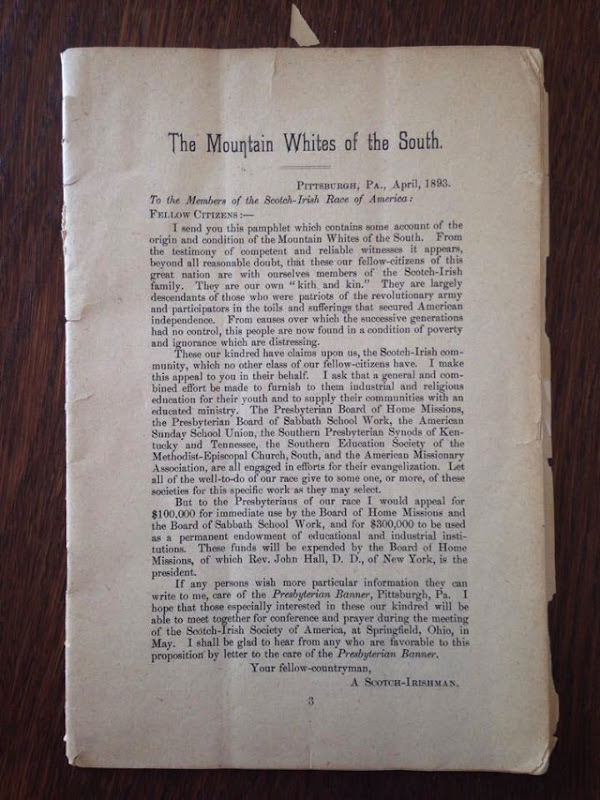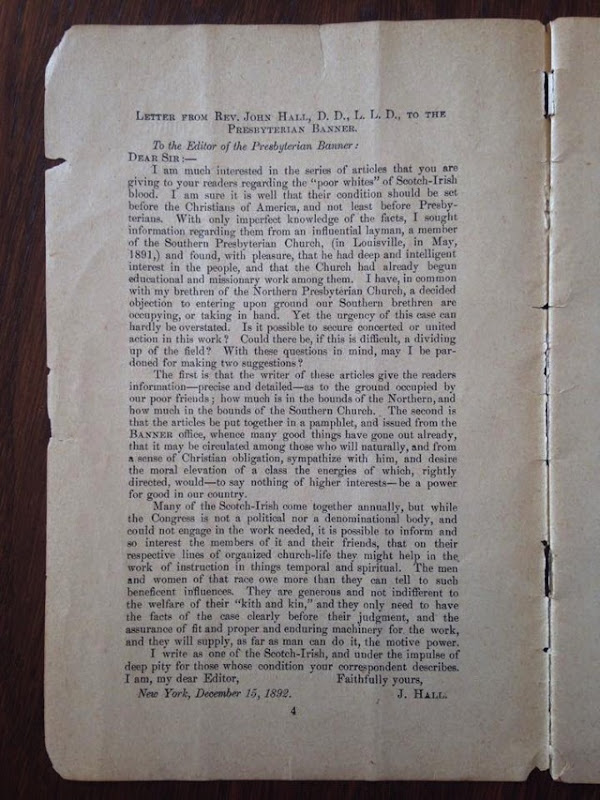
I just keep stumbling over reference after reference to the term ‘Scotch-Irish’. A few posts ago I mentioned David McClure’s diary of his time in Pennsylvania. Well here are more McClures, again in Pennsylvania, in an article by William Greider:
... I do not wish to reawaken dead religious prejudice but I am teasing my way toward a serious proposition - the idea that a solution to Northern Ireland's terrible bitter division, Orange against Green, does perhaps lie in America, where we have the space and the democratic experience to work past history's unresolvable arguments…
Sixty years ago or so, when my mother was a girl in Pennsylvania, she used to see the Orange and the Green fighting in the streets of the small river towns on St. Patrick's Day. Her family was McClure, farmers, Protestant, long settled in that region. The Catholics were miners and mill workers, mostly, and relatively new to America. What were they fighting about on the streets of Monongahela, Pa.? The pope I suppose and John Knox's Presbyterian reformation...
I don't claim that American Catholics and Protestants have completely forgiven one another for their heresies, but at least we are no longer brawling in the streets. This is progress, especially when one compares it with our Irish cousins in Londonderry and Belfast. Surely, the Protestant Irish of America have an obligation, as much as the Catholic Irish, for settling this archaic struggle...
Much like Adam Douglass’ book The Irish Emigrant, the writer here is suggesting that America has a role to play in resolving Ireland’s divisions. I agree with that, but not by parachuting in envoys and money and the occasional Presidential stop-over.
Presbyterian minister and author Tim Keller is just one of many commentators who have observed that 'politics is downstream from culture', and that, therefore, culture is where all change truly begins. I have certainly become culturally more settled and self-aware through my appreciation of the role that my forebears played in developing the United States. Growing up in the 1970s, the dominant narrative was how bad, terrible, and always terrible and hopeless Ulster had been. But then I began to read, and found a very different story, of people who could think and write and travel and build and create and achieve.
To put it bluntly, if more Ulster Prods - especially the lower and working classes, the kind of people who might make the cut in an Ulster edition of Hillbilly Elegy - knew more of this then I think they’d be more confident and optimistic as to their own past, present and future. Our ancestors did amazing things. They believed in freedoms and liberties which are being rapidly eroded by various forms of legislation and the self-censorship of the ‘groupthink’ which social media is an enforcer for. Our future generations can be, to coin a phrase, great again (pun intended), with a little pride and some encouragement.
• Here is the full article.
• William Greider has a sound take on the US Presidential election
• He also writes for Rolling Stone












